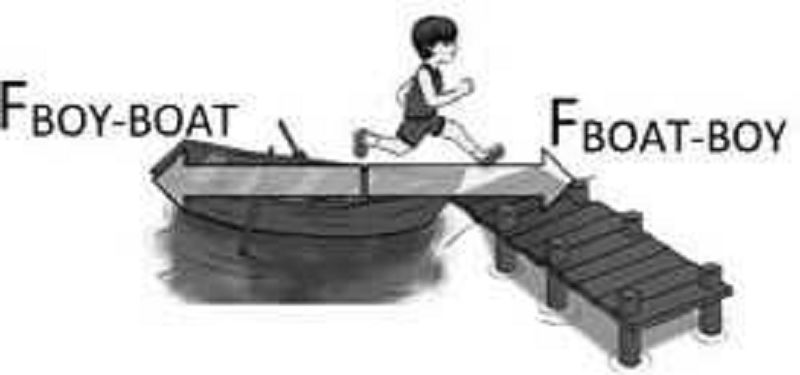Laws of Motion: What I Need To Know
{"name":"Laws of Motion: What I Need To Know", "url":"https://www.quiz-maker.com/QPREVIEW","txt":"Test your knowledge on the fundamental principles of physics with our engaging Laws of Motion quiz. This quiz covers key concepts such as inertia, forces, and Newton's laws.Challenge yourself with questions designed for all levels and improve your understanding of motion and mechanics!","img":"https:/images/course7.png"}
More Quizzes
Master Your Motion Knowledge
11613
Chapter: Kinematics
740
Discover Your Decision-Making Style
1167
ADR MCQ 1 to 40
40200
Twilight Power: Which Vampire Ability Is Yours?
201017225
Geometry Chapter 1 Practice Test - Free Online
201016564
What Political Ideology Am I? Free Spectrum
201017353
Which Alien Stage Character Are You? Free
201016621
Best Pillow for Me - Find Your Ideal Support
201016621
Relaxation - Find Your Ideal Way to Unwind (Free)
201018803
Poker Odds - Free Probability & Range Evaluation
201018259
What Rat Am I - Find Your Rat Type and Traits
201017037

